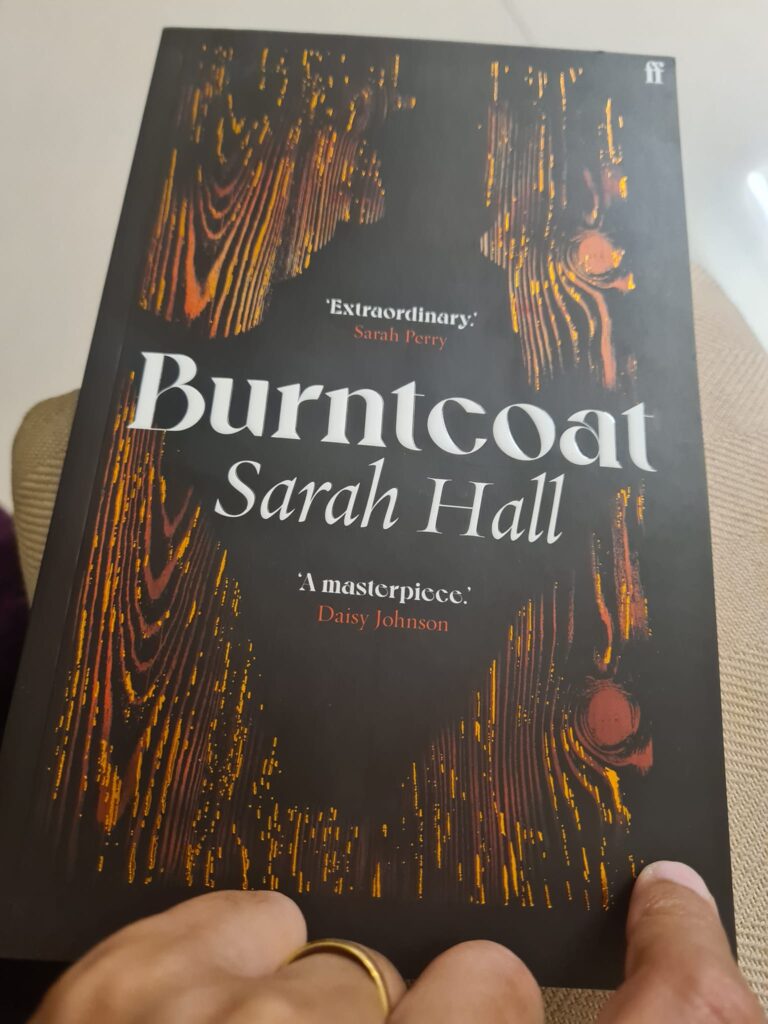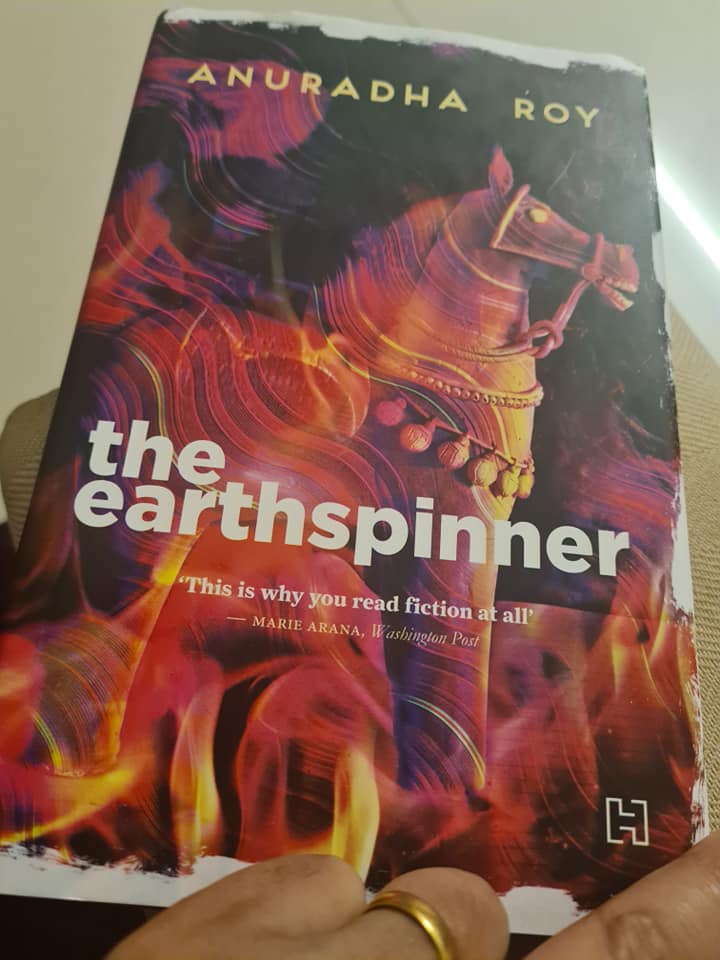“Burntcoat” by Sarah Hall and “Earthspinner” by Anuradha Roy

Later, perhaps, I will write at length about these two extraordinary novels — Anuradha Roy’s The Earthspinner ( Hachette India) and Sarah Hall’s Burntcoat ( Faber & Faber). Both, very special in their own way. For now, I find the similarity between the two novels very striking. For instance, both stories raise critical questions about the point of art, significance of an artist, articulating personal sentiments or communicating zeitgeist through their installations and facing the consequences. The hauntingly moving and equally disturbing novel “The Earthspinner” is about the narrator, Sara and the potter, Elango. “Burntcoat” is about the narrator Edith, a sculptor, who writes her life’s testimony as she is dying to an unnamed virus. She reflects upon her work, her mission as an artist and her achievements. One of her last commissioned pieces is a memorial to commemorate those who died in the epidemic.
It was continually miraculous to him that fired clay did not melt back to earth again — it could be broken or weather-beaten but it had a life force that was inextinguishable.
The Earthspinner
…yes, of course, I’m the wood in the fire. I’ve experienced, altered in nature. I am burnt, damaged, more resilient. A life is a bead of water on the black surface, so frail, so strong, its world incredibly held.
Burntcoat
It is a remarkable coincidence that I read these in quick succession. The preoccupation of both novels with the role of the artist in society is truly worth reflecting upon. We need writers to document, interpret, share and preserve their witnessing of history. It survives. It raises important questions.

